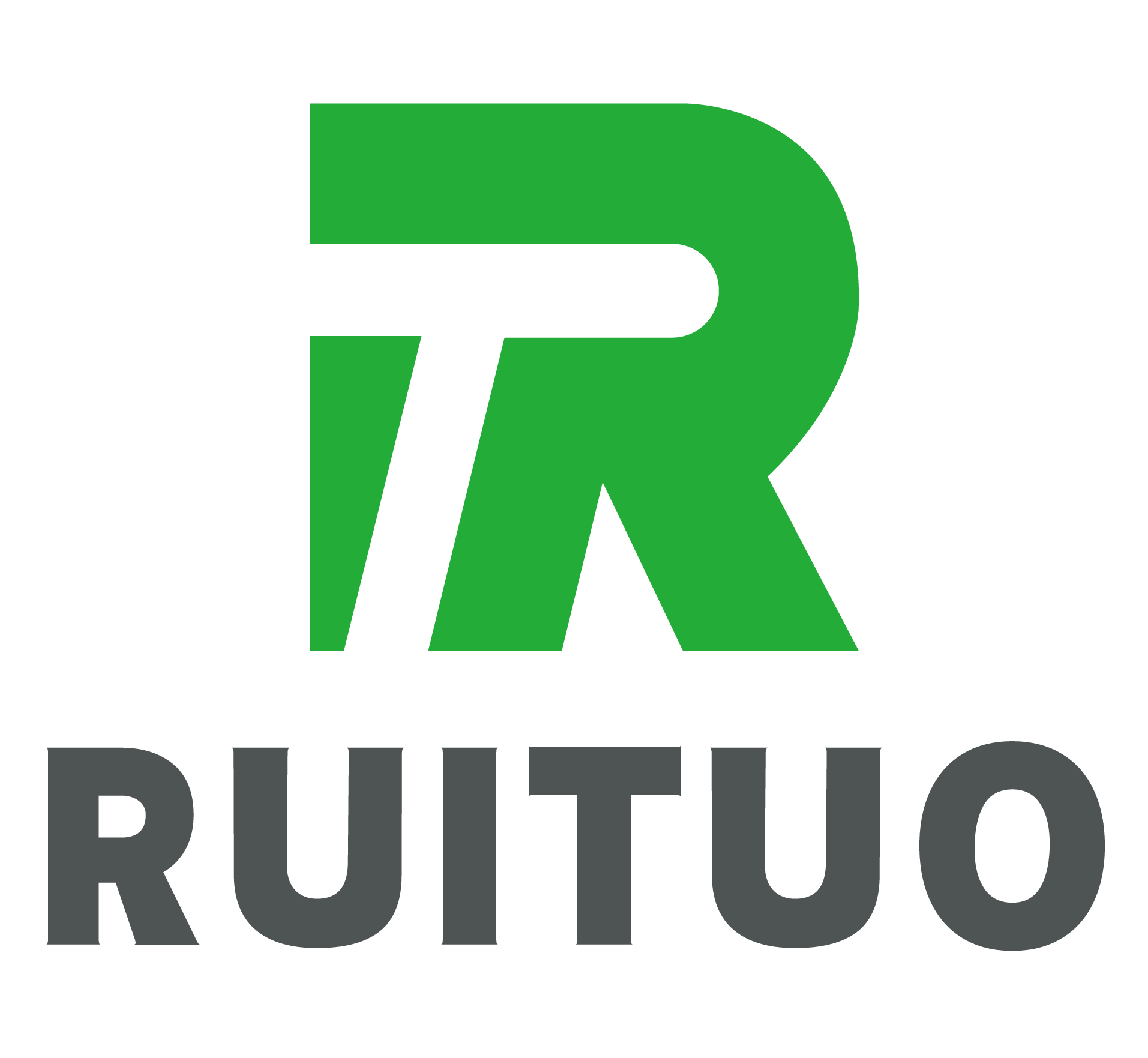Industrial solar systems have become a critical energy solution for factories, slaughterhouses, and remote processing sites seeking lower operational costs and improved energy independence.
However, like any major infrastructure investment, solar systems require regular maintenance to ensure maximum efficiency and long-term stability. Proper cleaning, inspection, and inverter care are essential to maintaining consistent power output—especially for facilities that depend on stable electricity for refrigeration, production lines, and safety systems.
Nowadays, many Chinese businesses are gradually emerging in the field of new equipment. Many Chinese products have gained recognition, ranging from small data cables to various heavy industrial equipment, and have reached world-class standards. If you are interested in starting your own business, please contact us!
Why Maintenance Matters for Industrial Solar Systems
Industrial environments are often exposed to dust, humidity, animal waste particles (in slaughterhouses), and weather conditions that can degrade solar performance. Without consistent maintenance, solar panels can lose 10–30% output efficiency, directly affecting operational costs and equipment reliability.
Key goals of solar maintenance:
- Maintain high energy conversion efficiency
- Prevent unexpected downtime
- Extend the lifespan of panels, inverters, and wiring
- Ensure stable energy output for critical equipment
For industries where continuous power is essential, solar system upkeep is not optional—it’s a necessity.
Panel Cleaning: Keeping the Surface Clear for Maximum Output
Why Cleaning Is Important
Dust, dirt, animal protein particles, bird droppings, and industrial debris can block sunlight and sharply reduce panel performance. Slaughterhouses and food-processing facilities often have airborne fats and moisture that settle on surfaces more quickly than in normal environments.
Recommended Cleaning Frequency
- General industrial areas: every 3–6 months
- Dusty or agricultural environments: every 1–2 months
- Slaughterhouse or food-processing sites: monthly or bi-monthly
Cleaning Tips
- Use soft brushes or microfiber cloths to avoid scratching the glass
- Avoid high-pressure water that may damage seals
- Clean early morning or late afternoon to avoid thermal shock
- Use purified or soft water to prevent mineral residue
Clean panels result in better sunlight absorption and longer-lasting performance.
Routine System Inspection: Identifying Issues Early
Regular inspections help detect small problems before they evolve into costly failures. Industrial solar systems should undergo a full inspection at least twice a year, and more frequently in high-demand facilities.
Important Inspection Areas
• Wiring and Electrical Connections
Check for loose cables, corrosion, rodent damage, and overheating components.
• Mounting Structures
Verify that racks and bolts remain tight, corrosion-free, and securely fixed—especially after storms or heavy machinery vibrations.
• Junction Boxes and Combiner Boxes
Ensure they are sealed properly and free of moisture or dust that may lead to electrical short circuits.
• Performance Monitoring
Compare energy output data with expected performance to identify early warning signs of system degradation.
Routine inspections reduce risks and improve operational stability, protecting your energy investment.
Inverter Maintenance: The Heart of the Solar System
The inverter is one of the most critical and sensitive components of any solar installation. It converts DC electricity generated by panels into usable AC power. Most industrial system failures are linked to inverter issues.
Key Inverter Maintenance Tasks
• Ventilation Check
Ensure airflow is not blocked by dust or debris. In slaughterhouses, fat particles can accumulate and restrict cooling.
• Firmware Updates
Modern inverters require regular software updates for improved efficiency and safety.
• Thermal Monitoring
Overheating reduces inverter lifespan. Keep surrounding equipment spaced out and well-ventilated.
• Electrical Diagnostics
Test voltage, current, and ground protection to ensure all readings meet the system’s specifications.
Inverter Replacement Cycle
Most industrial inverters last 8–12 years, depending on conditions and workload. Regular maintenance can extend this lifespan significantly.
Benefits of a Professional Maintenance Plan
Partnering with a qualified engineering team ensures that maintenance is performed correctly and on schedule. Professional service includes:
- Detailed performance reports
- Preventive maintenance scheduling
- Technical troubleshooting
- Safety compliance checks
- Warranty protection
For energy-critical operations like slaughterhouses, where refrigeration and conveyor systems cannot stop, professional support helps prevent costly downtime.
Conclusion
Industrial solar systems are powerful, cost-effective, and environmentally friendly—but they must be maintained properly to deliver long-term value. By following best practices in panel cleaning, routine inspections, and inverter care, businesses can ensure stable output and protect their energy investment.
For companies in the slaughterhouse, food processing, and industrial sectors, a well-maintained solar system is not only an energy solution—it is a competitive advantage.
